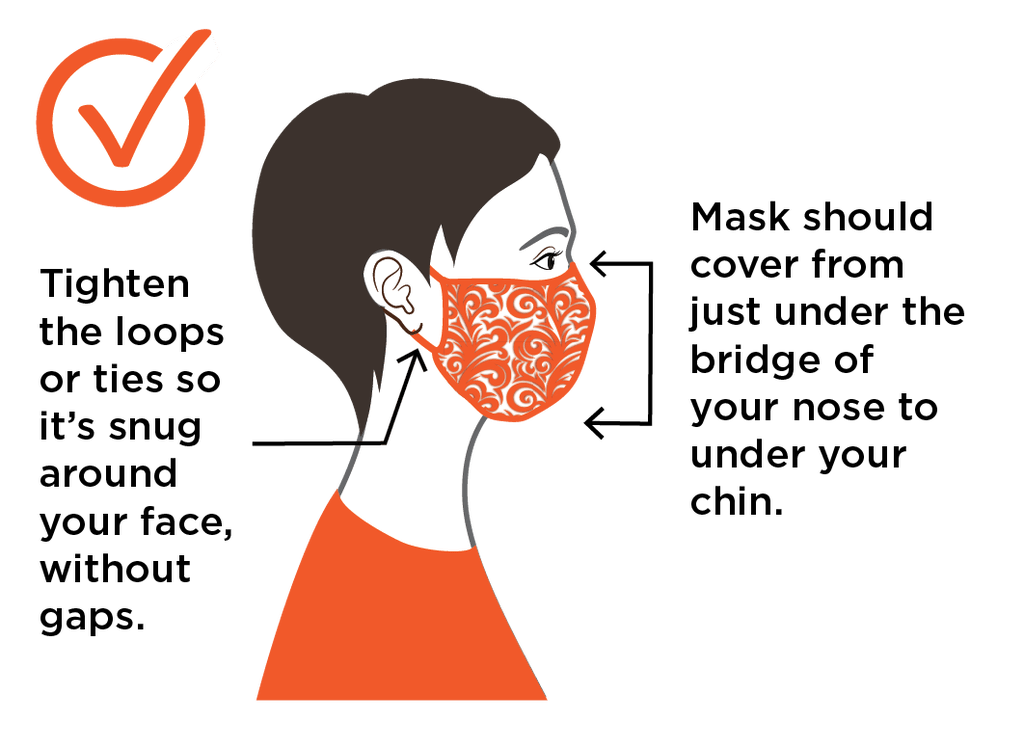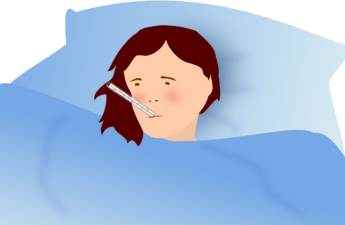
3 Tips to Add Face Coverings to your Routine
Public Health Insider, Public Health – Seattle & King County
by Augusta Herman
Wearing a face covering in public is a habit we need to ingrain, not only because of the Local Health Officer Directive but also because we’ll need to protect each other as we gradually engage with the outside world again. But starting new habits is rarely easy.
Here are three tips that might help make face coverings part of your routine.
1. Choose the right face covering for you
A lot of people are wearing homemade cloth masks (check out our blog poston tips for making them!), but if you’re not feeling crafty or can’t get your hands on one, there are other options. Bandanas and scarves are good alternatives as long as they fit snugly over the nose and mouth and have multiple layers.
Disposable masks, like dust masks, are another alternative. We want to save medical masks for health care providers who are on the front lines, so please check the label and avoid purchasing surgical, N95 respirator, or other medical masks.
We’ve received a number of questions about vented masks and face shields. While vented face masks and face shields provide protection to the person wearing them, they aren’t interchangeable with homemade cloth face coverings because they do not protect others. Vented masks are designed to keep particulates out of the lungs, such as wildfire smoke. But that means they also can release infectious droplets.
Transparent face shields may protect the wearer from other people’s sneezes and coughs but don’t block the wearer’s droplets from dispersing out the sides and bottom of the shield. So they protect the wearer but aren’t as protective towards other people.
Face shields still can be helpful for other situations, like to help people who are deaf communicate with one another or when someone has a health condition that does not allow them to wear a cloth face covering. If two people in close contact are both wearing face shields, both people are protected.
2. Stop your glasses from fogging up
If you wear glasses, you know that the combination of glasses + face coverings leads to foggy, obstructed vision. Apparently, there’s a simple way to fix this problem – and all it requires is a little soap and water! After washing your hands for 20 seconds, wet your lenses and gently lather them with soap. Rinse, dry with a clean towel, and you’re ready to go. We tried it and could tell a difference! For instructions and pictures, check out this article.
3. Carry your face covering with you
You never know when you’ll need to throw one on, so try to keep one in your car or purse (in a bag to keep it and other items clean). Coverings should be worn in public indoor and outdoor spaces when you can’t keep six feet of distance from others, some it’s good to have it handy for situations like these:
- Outdoors: when walking a popular path and shopping at a farmer’s market.
- Indoors: when using an elevator, passing through a lobby or enclosed hallway, using a public restroom, or entering any other space that may lead to interaction with others.
Some people don’t need to wear face coverings for personal health or safety reasons, such as people with disabilities that make it hard to wear – and that’s ok. But for those who can, wearing a face covering helps protect those who are at higher risk of severe disease and those who we count on to provide services we need. And it’s also part of how we prevent a second wave of COVID-19 and meet the criteria for further reopening King County.

x


